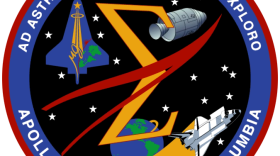Given that we all just entered a new year, I thought we could talk today about the calendar and time keeping. The calendar we use today is called the Gregorian calendar proposed by Pope Gregory in 1582 to replace the previous Julian calendar set by Julius Caesar about 1600 years earlier. Both calendars were fundamentally created to track the annual cycles of the skies, specifically focusing on the location of constellations in the night sky, and or when the sun will be at certain altitudes during the day. Both calendars had 365 days, but the Julian calendar struggled to adapt to the fact that the earth actually goes around the sun in 365.244 days. Since that difference in time is about one-fourth of a day, about every four years, the calendar and the astronomical sky are off by one day. Thus the inclusion of the "lead day" every four years, where one day is added to the current calendar to realign everything.
The month, which has an average length of time of 30 days, is based upon the cycles of the moon, specifically the phases of the moon which are caused by the orbit of the moon around the Earth. In fact the original pronunciation for month was more like "Moonth." Most of the months were named after past gods, goddesses, kings, and rulers, but a few were named after the number of month they were in the calendar; think September, October, November, December. With the adaptation of the Gregorian calendar, theses months got slightly rearranged so they don't quite make sense anymore number wise but their names remain.
--
Follow your curiosity to the Fred G. Dale Planetarium at Wayne State College.





